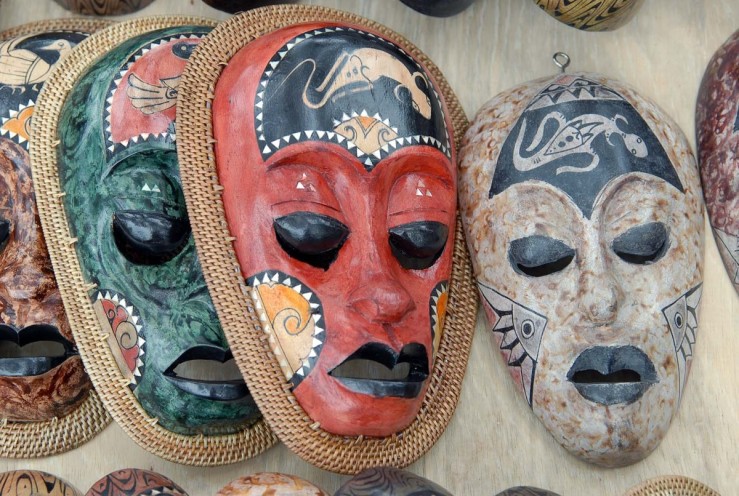“Once upon a time,” Nino said one bright future day as the tribe rolled along, “and such a strange time it was, the gravity of thinking played music in a new century. There was a Spanish man with a hammer. At exactly 9 a.m. on an overcast Cadiz morning he began chipping away at unexplored caverns. The Alio modo Fugue a 2 Clavier by Bach drifted in the background.
“He was building an extension on a roof where housing was scarce and straight up. The only split-level ranch duplexes with multiple garages in sight were American reruns on old battered televisions. He hammered stone under a sheltering sky. It was over 100 degrees. His hands were bleeding. Blood seeped through an old Moorish roof splattering into a room where a writer in exile lived with a blind prophet. Hemoglobin landed on a keyboard. Directly on the letter B. He let it dry. He treasured sudden rare immediate insights. Drops fell and congealed.”
“Fascinating,” Omar said turning a page. “And then?”
“Down below in deep morning shadows Rosario swept her front stoop on Benito Perez Galdos. Her white apron was clean and starched. She swept away yesterday’s accumulated debris and the fine mist of pedestrians coming and going. Old shit, dog urine and dust received her mop’s holy water. Their accumulated real and imaginary sins littered Galdos, heading for the gutter.”
“Let me guess,” said Omar, picking up the thread, “church bells pealed eternal melancholy songs of hope and redemption across from the Castelilo de Santa Catalina, the main citadel of Cadiz built in 1598.”
“Exactly,” Nino said. “Inside tight white oval corridors, an exhibition of black and white photographs depicted Nicaraguan people fishing, polling canoes through tangled jungles, chopping down forests, sitting for the camera, living and laughing.”
“One room held beautiful black handmade fans in tribute to Federico Garcia Lorca. Considered the greatest poet and playwright of 20th century Spain, he was assassinated by members of the Escuadra Negra (Black Squadron) a Franco death squad in August 1936 for his left-wing sympathies and homosexuality.
“He belonged to the Generation of 1927 with Dali and Bunuel identifying with the marginalized Gitanos and woman chained to conventional social expectations in Andalucía. He wrote about entrapment, liberation, passion and repression.
“A long red scarf lay draped over a single rattan chair. Invisible wires held black fans decorated with peacock feathers and rainbow colors suspended in silence. Outside a dark window Atlantic waves smashed ramparts.”
Nino took a breath. Omar peeled an orange skin.
A Century is Nothing

 06.30.2014
06.30.2014 









